In the fall season, the variety of mushrooms can mislead inexperienced mushroom pickers, so you need to carefully monitor what gets into the basket. In areas where moss grows abundantly, you can often meet representatives of the Boletovy family - the moss fly. But it is worth remembering that not all fruits of this species are edible, therefore it is necessary to know the subtleties of the color and the reaction to the slice in order to recognize the moss fly boletus.
Content
Characteristic features and types of false mosses
Due to the long fertile period (from June to November) and the variety of varieties, the moss fly often becomes an object of interest for mushroom pickers. It has a relationship with boletus, valued for its expressive taste, easy to digest. It grows in coniferous forests of a mixed type, literally forming a symbiosis with trees.
The most striking tastes are possessed by red, Polish and variegated mosses. In view of this, it is worth knowing that there are representatives of this species that are considered conditionally edible. Such varieties include chestnut, pepper, bile and parasitic moss. Distinctive features of the “wrong” fungus can be the place of growth, its size, and most importantly - taste.
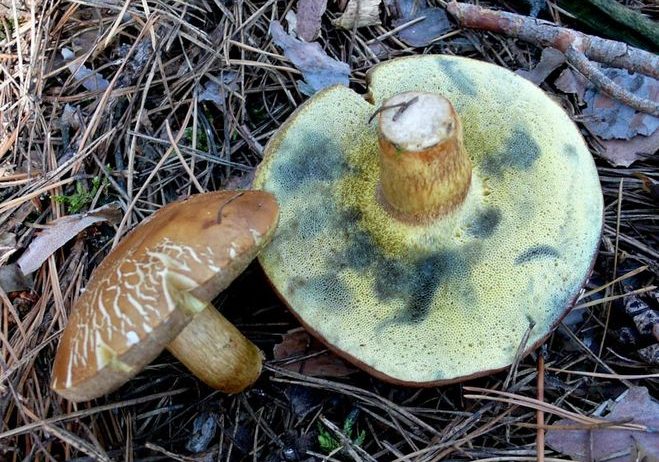 You may be interested in:
You may be interested in:In order not to be deceived and not to bring a false flywheel home, the mushroom must be carefully studied from the photo and description and to understand the visual differences, such as color, size and shape.
Pepper
The harvest time of this variety is from mid-summer to mid-autumn. Pepper mushroom is characterized by the fact that only 2-3 pieces grow on one mycelium. The taste is directly related to the name - burning, spicy.
The diameter of the cap varies from 2 to 8 cm. In the early stages, the shape is convex-rounded, evens out as it grows. Has a soft top layer, can glare in the sun. The hat is light brown in color, may have different shades of red. The structure of the pulp is loose, brittle. Color - yellow, with a reddish tinge; at the cut, red color intensifies.
The leg of the pepper mushroom is rather thin, reaches 2 cm in thickness and up to 8 cm in height. Cylindrical, has a smooth surface, the same color as the hat itself, or a tone lighter. The tubular layer, having pores of various sizes, is quite tightly attached to the body of the legs. The color of the porous layer is brown, sometimes with a red tint. If you squeeze it, then a pronounced brown shade will appear.
Chestnut
The yield period is from July to November. It grows in not very large groups, sometimes it comes across alone. This species is adjacent to such trees as beech, oak, chestnut. This representative is often confused with Polish. During heat treatment, it acquires strong bitterness, but absolutely loses it during drying. The chestnut mushroom has a mild odor.
Has a hat with a diameter of 5-8 cm. Its shape is slightly convex, less common flat. The color is often chestnut, but also happens to be brown, brown, with a reddish tint. The hat is dry by touch, in a dry time, cracks from lack of moisture may appear on it. The pulp is white in color, in the early stages of ripening is quite hard, with time it becomes hard. It does not darken on the cut, brown spots appear when pressed.
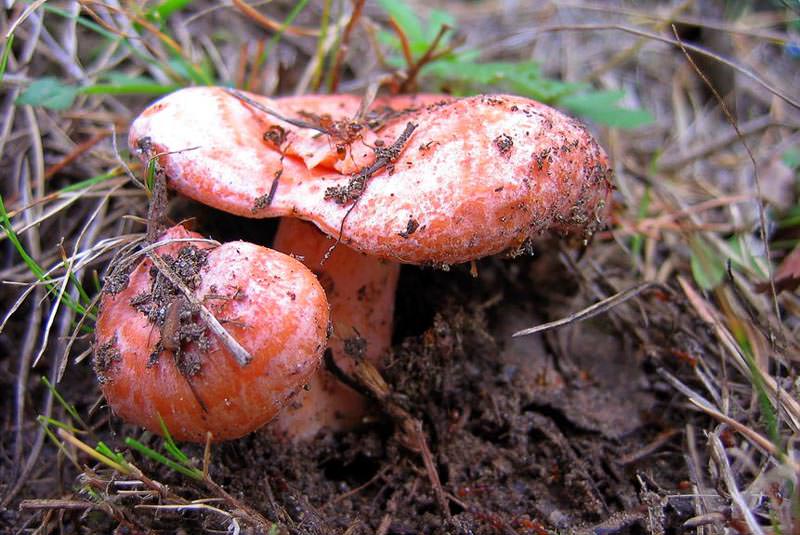 You may be interested in:
You may be interested in:The leg is shaped like a cylinder, the same color as the hat, or a tone darker. Dimensions - length up to 6 cm, width no more than 3 cm. The legs of young mushrooms have a filling similar to cotton wool, while adults are hollow inside. Initially, the tubular layer of white or light cream color turns yellow with age.
Parasitic flywheel
It grows in the summer-autumn period. Based on the name, it can be understood that this species settles on the bodies of other fungi. It grows in dry places, on sandy soils. Visually similar to the green flywheel. It has an unpleasant taste, but it is practically odorless.
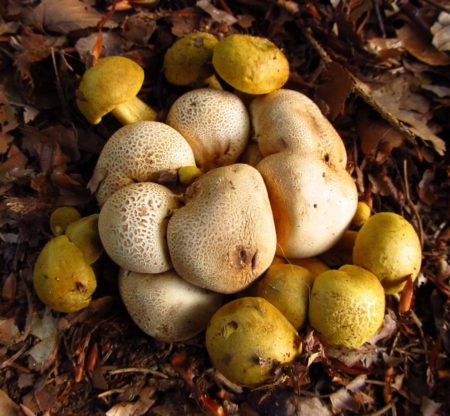
The hat is convex, with a diameter of 2-7 cm, the edges are wrapped inward. The color scheme ranges from lemon yellow to brown rust. The surface is velvety and slightly oily by touch. The pulp is light yellow, dense, the color at the fracture does not change.
The parasitic fungus has a very thin leg - a maximum of 1.5 cm. The height usually does not exceed 6 cm. The shape is cylindrical, the structure is fibrous, solid. Coloring - olive, yellow. The pores of the tubular layer are colored in the tone of the hat, wide, with ribbed edges.
Gall
Fruits from June to October in deciduous and coniferous forests. It grows both individually and in groups. It has a characteristic bitter taste that causes a burning sensation.
The hat in diameter can be 4-15 cm, it has shades from tan to light brown, often light color. The shape is hemispherical in young representatives and more rounded, extended in mature. The pulp in the early stages of maturation is white, with age acquires a pinkish tint. The structure is fibrous, either odorless or with characteristic mushroom notes.
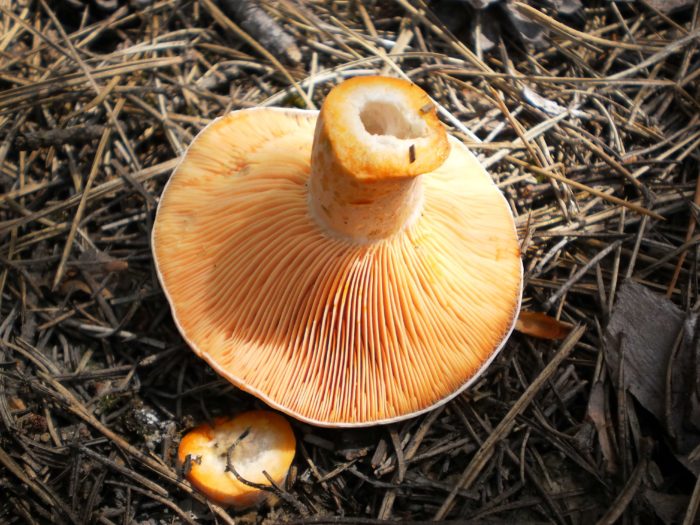 You may be interested in:
You may be interested in: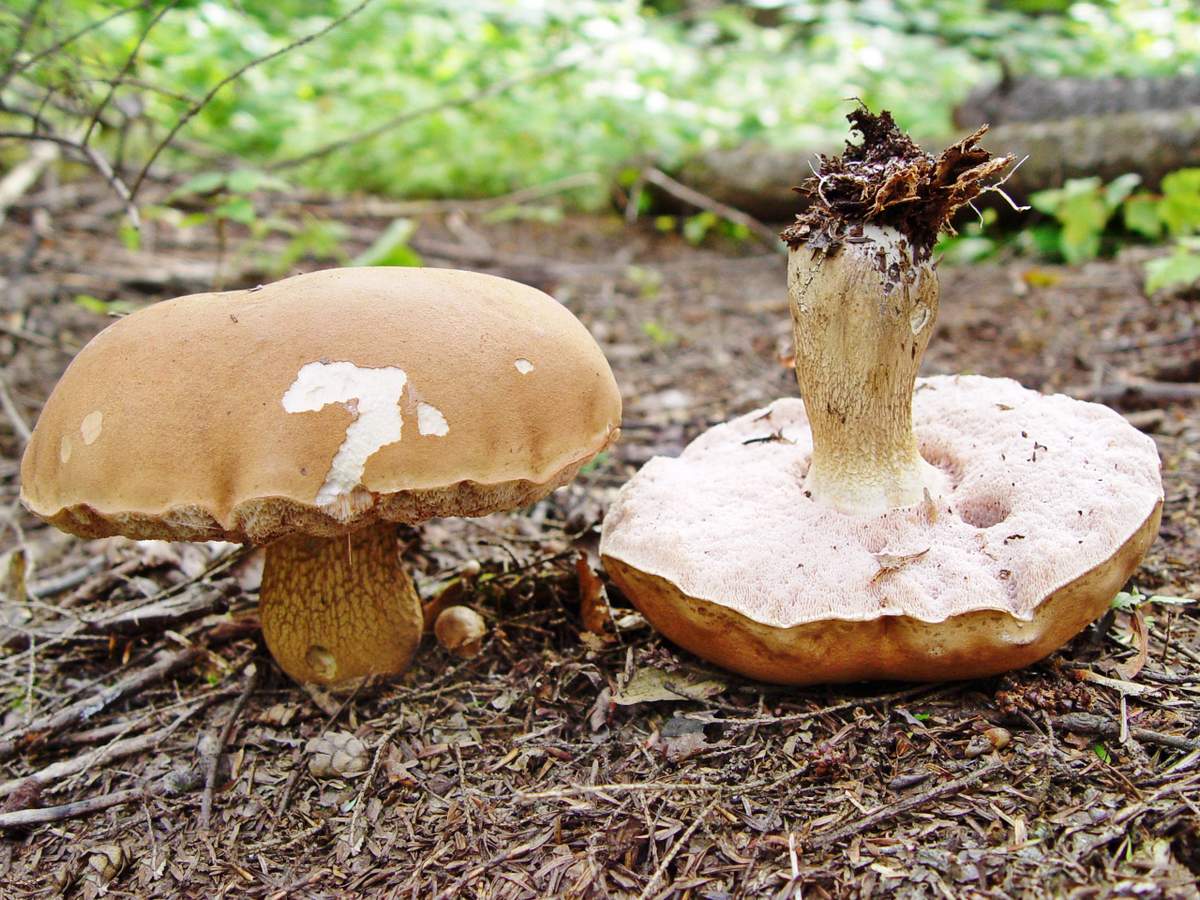
The shape of the leg is often cylindrical, swollen from the bottom. Height 3-13 cm, width 2-3 cm. When ripe, the leg is covered with a dense mesh of small fibers having a brown or gray color. A distinctive feature of this species is that when it breaks, it immediately darkens, acquires a brown color. The bile fungus is rarely affected by insects, worms.
How to distinguish from edible mushrooms?
It is not easy to understand exactly what type of moss is in front of you, due to the fact that there are about 18 species of them, which differ in size and in appearance.
First of all, it is necessary to pay attention to the place of growth - these should be various types of moss, which is already in the name. And also if you press the tubular surface of a real flywheel, then a bluish mark should remain.
In theory, it is believed that there are no false, that is, poisonous, mosses, but in fact these species are avoided due to a very poor taste. Unfortunately, the absence of toxic counterparts dulls the vigilance of mushroom pickers, and they do not always check all the signs of a false moss fly, which can also be confused with boletus or oils.
By external signs, they can be distinguished by color - they have a white, dirty pinkish, light brown tubular layer uncharacteristic for the moss fly.
Edible mushrooms may look better compared to others, as insects rarely hit them due to unpleasant taste.
Answers to widespread questions
Even experienced mushroom pickers still have questions about the difference between false and edible moss mushrooms:
The considered representatives of Boletovs, although they are conditionally edible, are nevertheless exposed to different processing methods that can turn them into a worthy dish. Carefully study the features of all representatives to enjoy the collection and consumption of mushrooms.

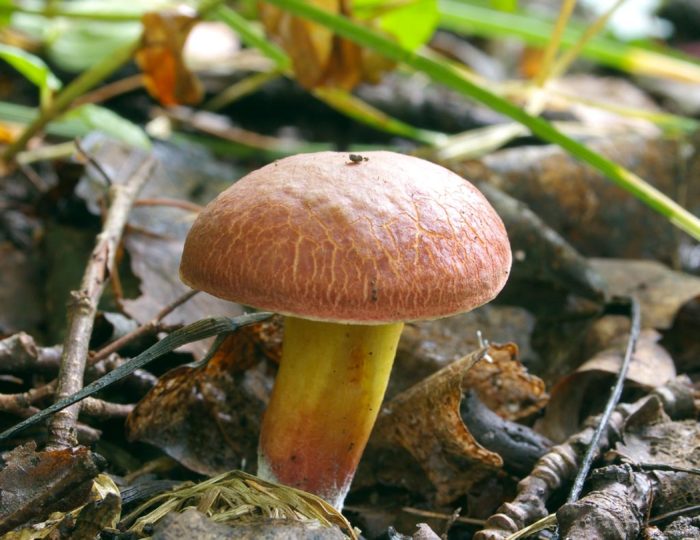
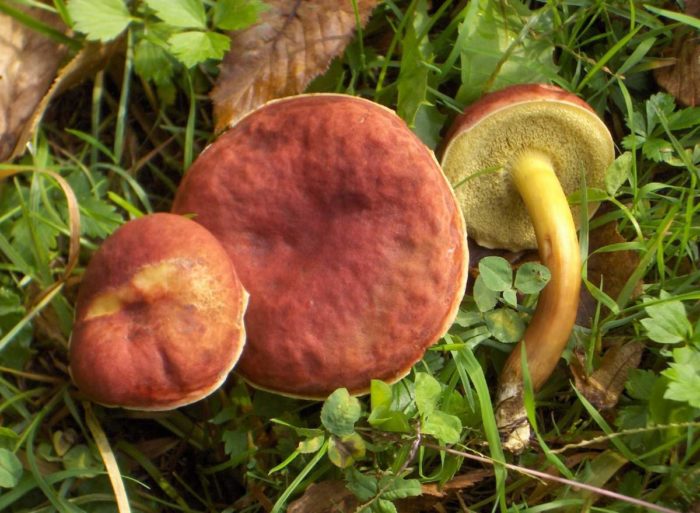
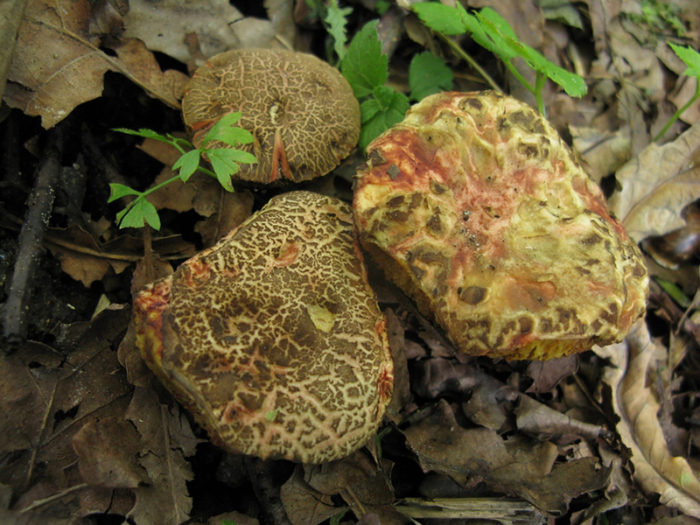
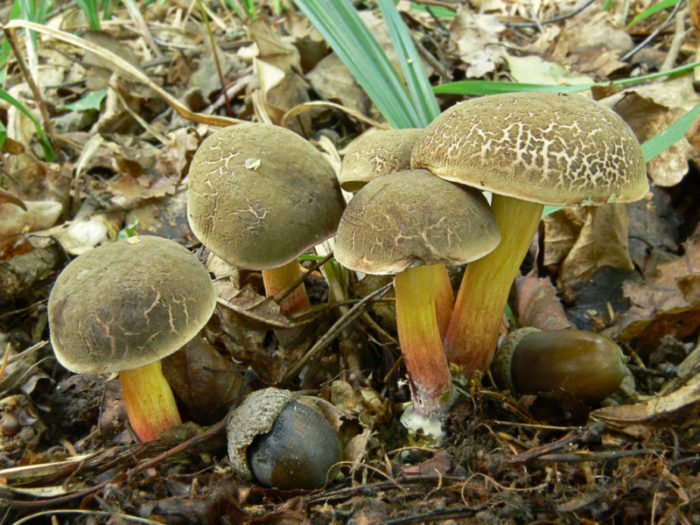
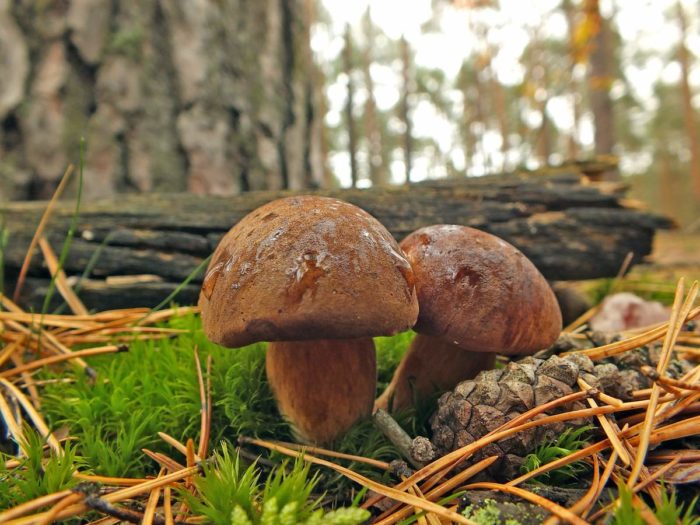
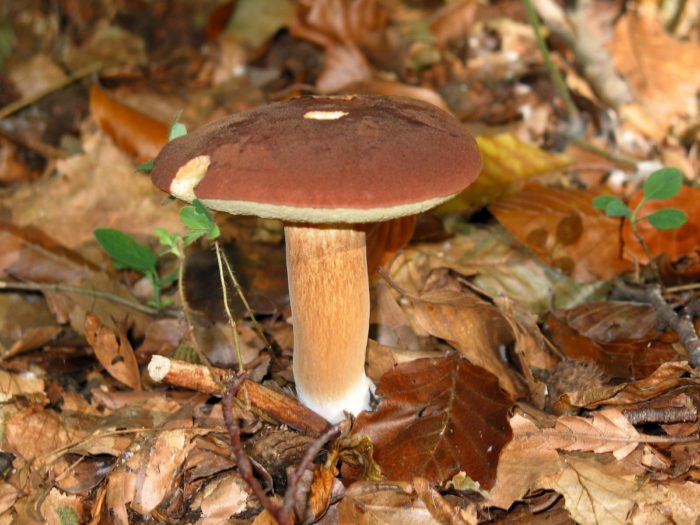
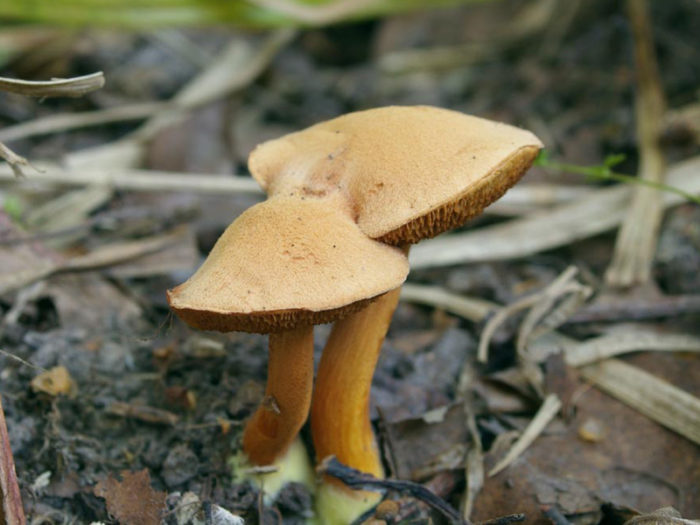
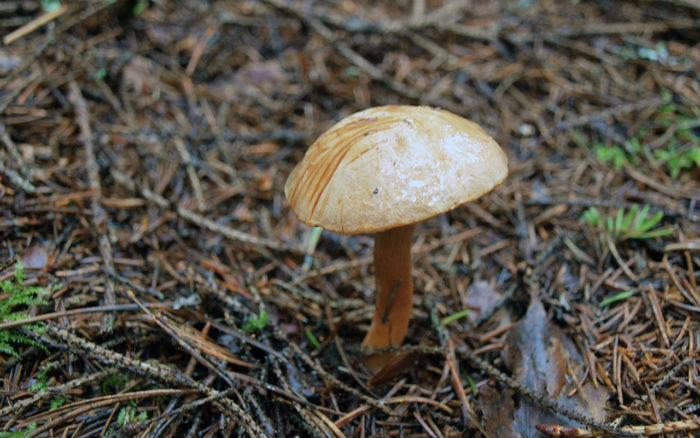
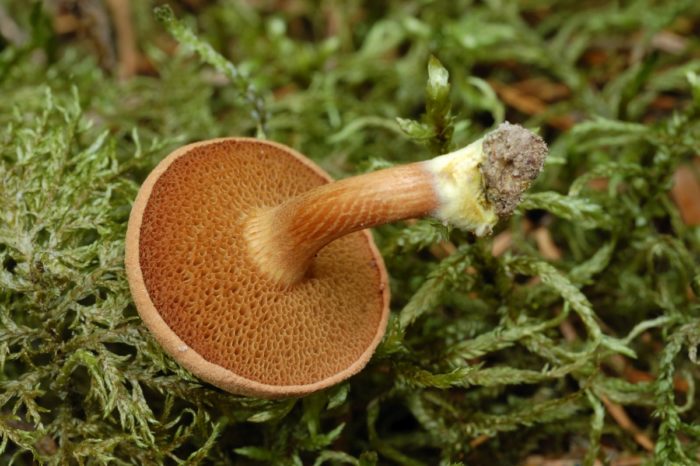
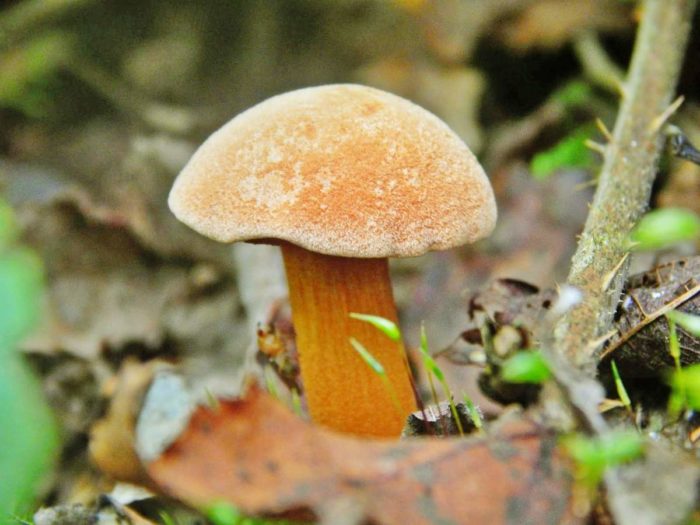
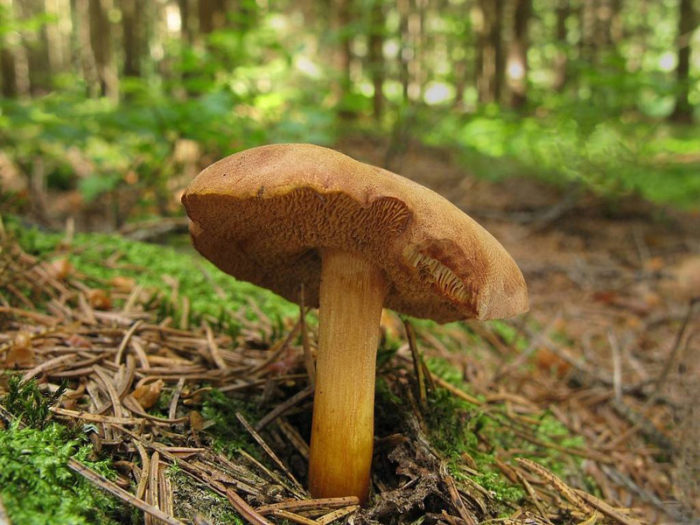
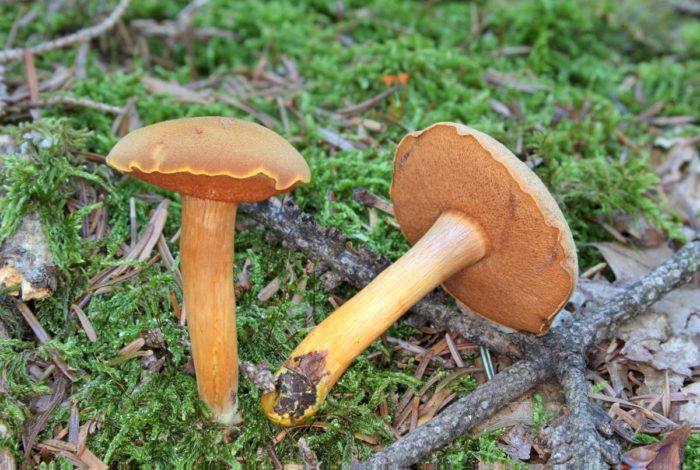
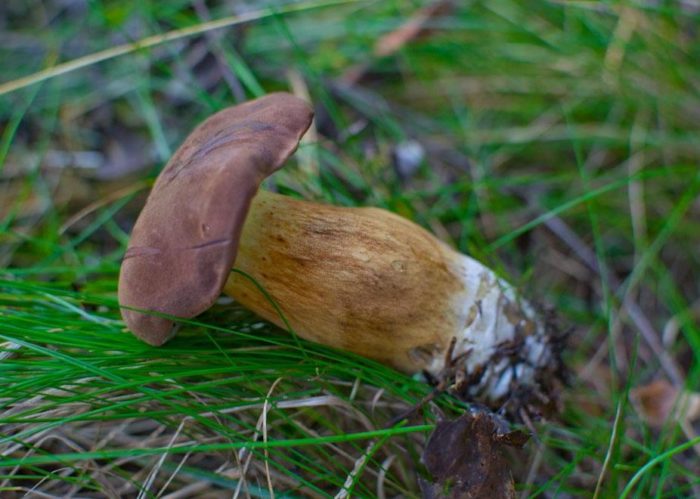





 Care and use of Kombucha at home (+22 photo)
Care and use of Kombucha at home (+22 photo) Edibility of the fungus of the motley umbrella and its description (+19 photo)
Edibility of the fungus of the motley umbrella and its description (+19 photo) Description of edible and inedible oils, their poisonous counterparts (+40 photos)
Description of edible and inedible oils, their poisonous counterparts (+40 photos) Useful properties of milk mushroom and its contraindications (+17 photos)
Useful properties of milk mushroom and its contraindications (+17 photos)